Choosing the Right Vacuum Cleaner
Choosing an ideal vacuum cleaner is crucial for efficient cleaning. It can make a chore less tedious.
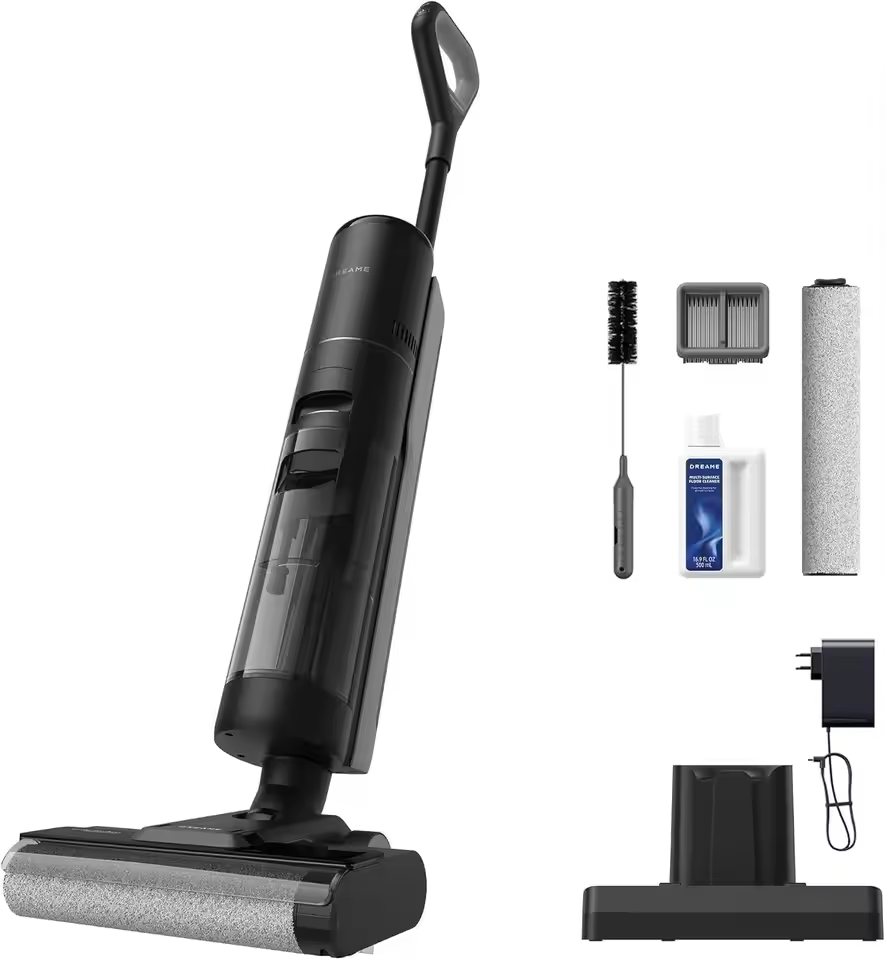
Types of Vacuum Cleaners
There are several types of vacuum cleaners. Each suits different needs and preferences. Upright vacuums are common and powerful. They work well for large, carpeted areas. Canister vacuums are versatile with a separate unit for the motor and receptacle. They are good for stairs and under furniture cleaning. Stick vacuums are lightweight and convenient for quick clean-ups. Handheld vacuums are perfect for spot-cleaning and small messes. Robotic vacuums automate the cleaning process.
When learning how to use the vacuum cleaner, start with the correct type.
Key Features to Consider
Consider suction power, which is vital for deep cleaning. Look for a cleaner with adjustable power settings. Filter type is important, especially for allergy sufferers. HEPA filters capture smaller particles. The vacuum’s bag or bin capacity is practical to consider. Larger capacities mean less frequent emptying. Also, consider the noise level if you prefer a quieter appliance. When you know how to use the vacuum cleaner well, these features enhance efficiency.
Preparing to Vacuum: The Basics
Before diving into the vacuuming process, preparation is key. To ensure an effective and swift cleaning session, it’s essential to focus on the basic preparatory steps. By keeping the fundamental principles in mind on how to use the vacuum cleaner, you can dramatically improve the efficiency of your cleaning routine.
Clearing the Area
Firstly, clear the floor area of any large debris or objects. Remove toys, clothing, and small furniture. This step prevents obstruction and potential damage to the vacuum cleaner. Clear pathways provide easier access and reduce the time needed for vacuuming.
Checking the Vacuum Bag and Filter
Next, inspect the vacuum bag or bin. If it is full, replace or empty it to maintain strong suction. Then, check the filter. A clogged filter can hinder performance. If necessary, clean or replace it. This step is crucial in knowing how to use the vacuum cleaner efficiently. With these preparations done, you’re set to tackle different surfaces with optimal vacuuming efficiency.
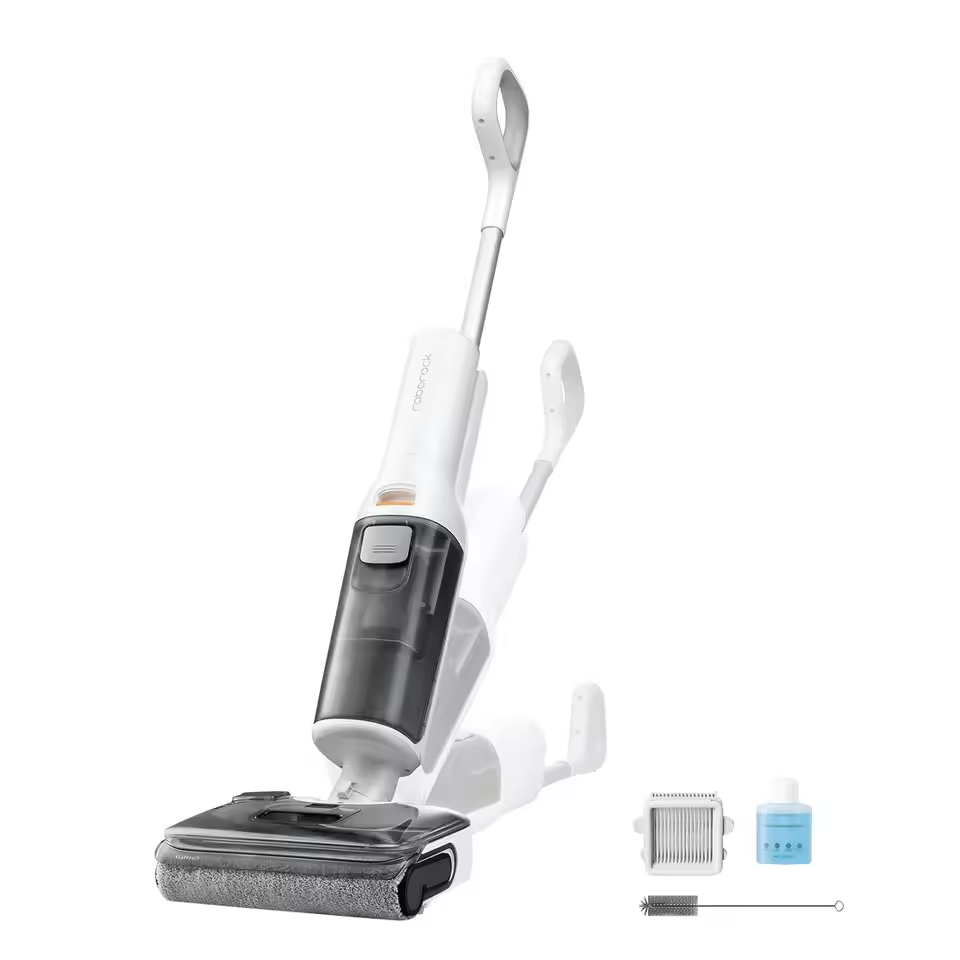 Vacuuming Techniques for Different Surfaces
Vacuuming Techniques for Different Surfaces
To achieve the best results, apply tailored techniques based on the surface you’re cleaning.
Carpets and Rugs
Carpets demand a specific approach. Start by using a high setting for deep cleaning. Move slowly to allow the vacuum to pick up all debris. Use overlapping strokes for thorough coverage. Pay extra attention to areas with high foot traffic, vacuuming them more frequently.
For rugs, turn off the beater bar to prevent damage. Rugs need care; gently vacuum without pulling the fibers. Shake small rugs outdoors before vacuuming for an initial clean.
Hard Floors
Hard floors require a change in settings. Lower the vacuum’s brush to make direct contact with the floor. Turn off the beater bar to prevent scattering dirt. Move quickly, but ensure you cover all areas. Periodically clean the brush roll to remove hair and residue.
Upholstery and Curtains
Upholstery and curtains collect dust that’s visible upon close inspection. Use the upholstery attachment for sofas and chairs. Gently glide it across the fabric. For curtains, first check the fabric care label. If vacuuming is safe, use the brush attachment. Hold the fabric taut and vacuum from top to bottom to remove dust.
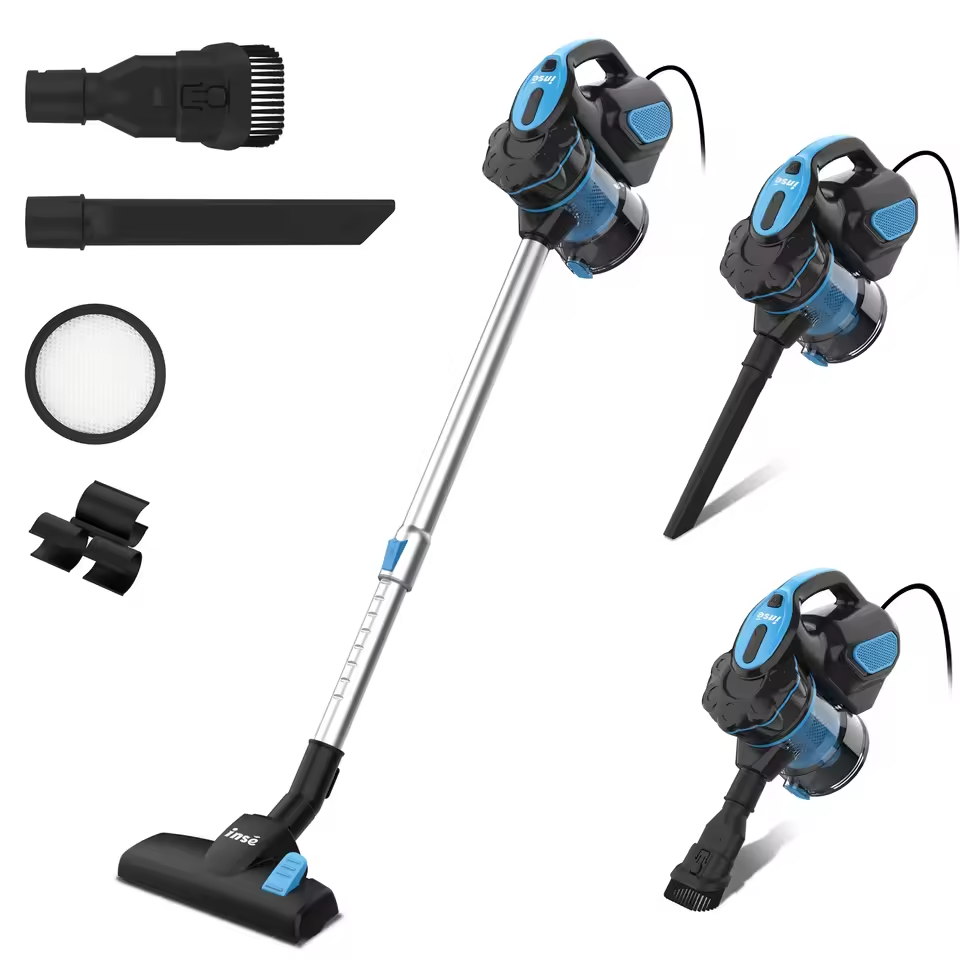 Maintenance Tips for Your Vacuum Cleaner
Maintenance Tips for Your Vacuum Cleaner
The upkeep of your vacuum cleaner is just as important as knowing how to use the vacuum cleaner effectively. Regular maintenance can extend the life of the machine and maintain its cleaning efficiency. Here’s how to keep your vacuum in top shape.
Regular Cleaning of the Vacuum
Keeping your vacuum clean is crucial for its performance. Every few uses, wipe down the exterior to prevent dirt build-up. Clear the brush roll of tangled hair and fibers, as these can impair the brushes’ rotation. For bagless vacuums, wash the dust bin with warm, soapy water and let it dry completely.
Replacing Bags and Filters
Always monitor the vacuum bag or bin; replace or empty it before it’s full to avoid losing suction. Filters also need periodic attention. Replace or wash (if washable) filters every few months, or as advised by the manufacturer, to ensure that your vacuum captures the maximum amount of debris and dust particles.
Dealing with Common Vacuum Issues
When facing issues such as loss of suction or strange noises, first ensure the vacuum bag or bin isn’t full. Check for blockages in the hose, and remove any obstructions. If the vacuum still isn’t working correctly, consult the manual or seek professional repair services. Regular attention to these common issues can prevent bigger, more costly problems down the line.
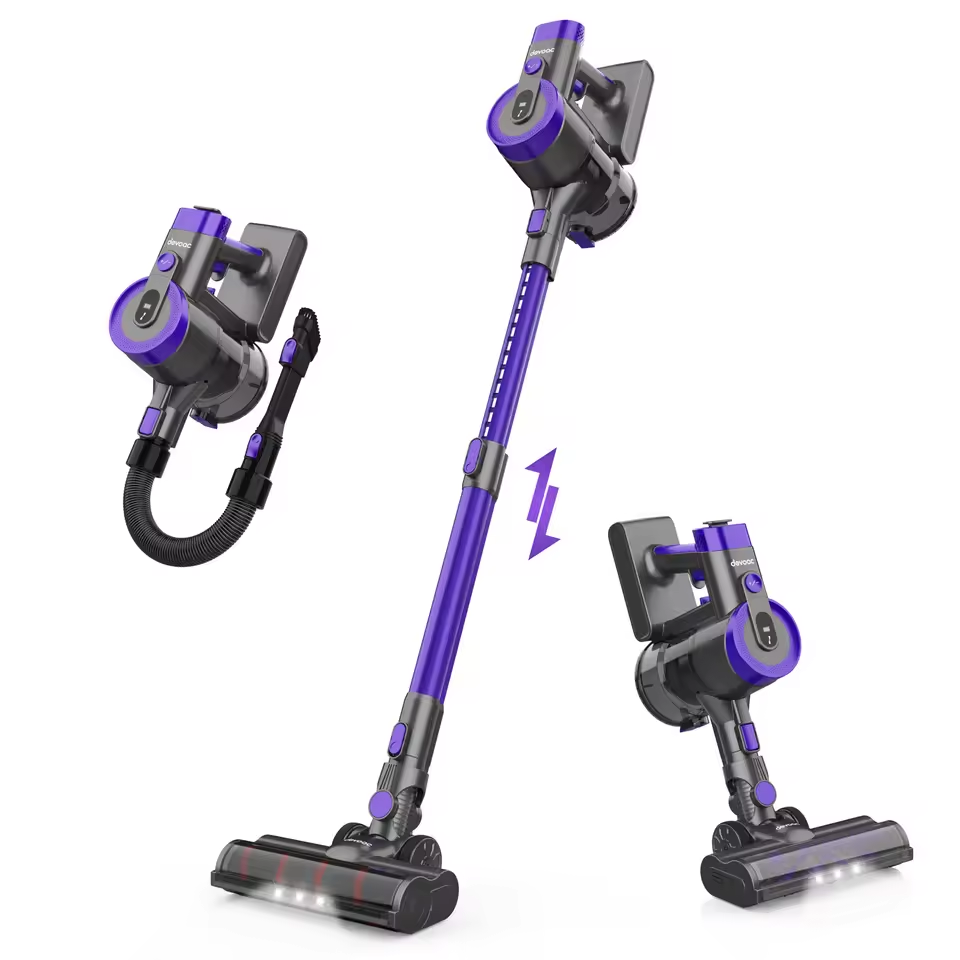 Maximizing the Use of Vacuum Attachments
Maximizing the Use of Vacuum Attachments
To fully understand how to use the vacuum cleaner, learning about attachments is key. Each attachment is designed for specific tasks, enhancing cleaning efficiency and thoroughness.
Crevice Tool for Tight Spaces
The crevice tool is slim and angled, perfect for reaching into tight spaces. Use it along baseboards, between cushions, and in corners. It excels in removing debris from these hard-to-access areas.
Brush Attachment for Delicate Surfaces
The brush attachment has soft bristles. It gently dislodges dust from delicate items. Use it on lampshades, picture frames, and bookshelves. It dusts without scratching or causing damage.
Upholstery Tool for Furniture
The upholstery tool comes with a fabric strip. It lifts pet hair and lint from sofas and chairs. Glide it over the furniture surface. This tool ensures your upholstery is clean and inviting.
Efficient Cleaning Patterns and Strategies
To vacuum effectively, it’s essential to have a game plan. Efficient cleaning patterns and strategies can save time and ensure that no spots are missed. Implementing these tactics will heighten your proficiency on how to use the vacuum cleaner.
The Top-Down Approach
One pivotal strategy is the top-down approach. Always start cleaning from the top levels of a room. Begin with cobwebs and dust on ceilings. Progress downwards to furniture and baseboards. Finish with the floors. This method ensures that any dislodged dust from above doesn’t dirty your freshly vacuumed carpets or floors.
Sectioning Rooms for Effective Cleaning
Dividing a room into sections can also boost efficiency. Focus on one area before moving to the next. This avoids repeated work. It keeps you organized and methodical in your approach. When vacuuming, overlap your strokes to make sure you cover all ground in each section. If a room is large, break it into quadrants. Move furniture if necessary to access every inch of the floor. Remember, a systematic, section-by-section cleaning will save time and avoid the need for a second pass.
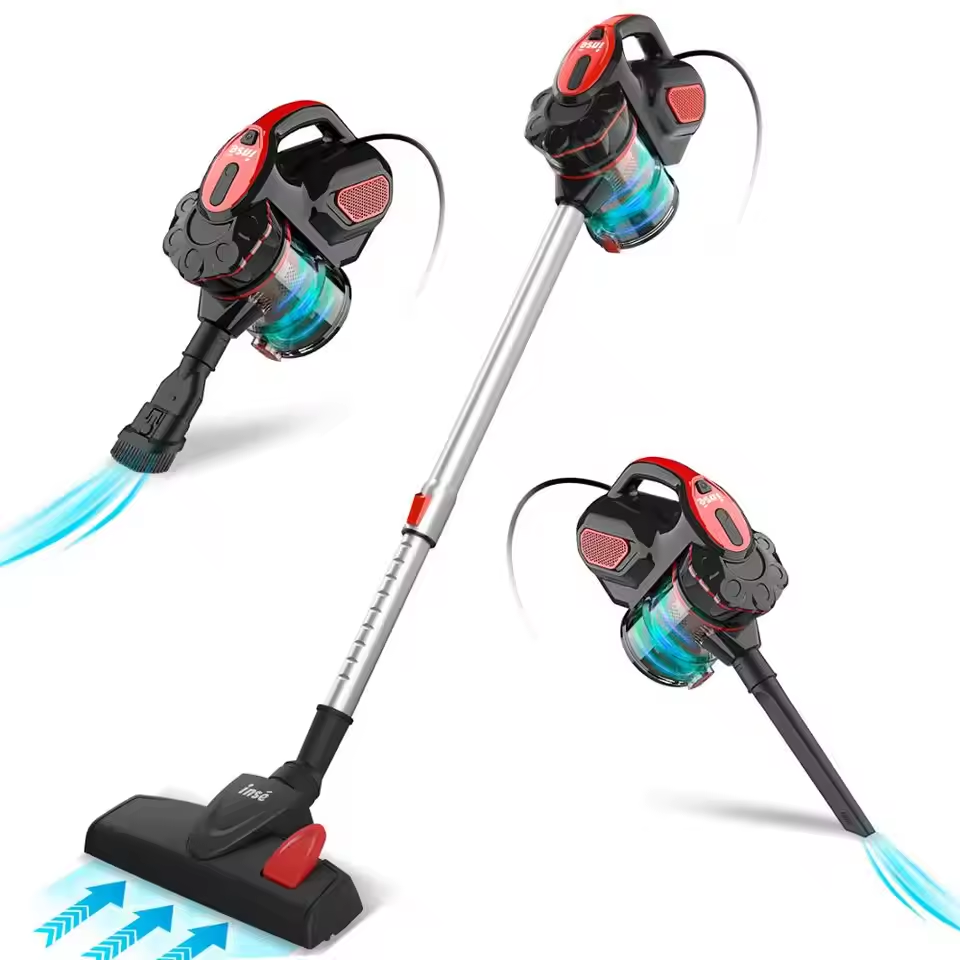 Advanced Vacuuming Tips
Advanced Vacuuming Tips
Grasping advanced vacuuming techniques helps tackle specific challenges often encountered in homes. These tips further refine the process on how to use the vacuum cleaner for exceptional results.
Handling Pet Hair and Allergens
Contending with pet hair and allergens requires additional care. Use a vacuum with strong suction and a HEPA filter. This combo captures fine particles and pet fur effectively. For pet hair, regular vacuuming is key. Go over areas where pets lounge multiple times per week. Choose a vacuum with a motorized brush head. This helps lift hair from carpets and upholstery. When dealing with allergens, vacuum soft surfaces like curtains and cushions often. Post-vacuum, wash the filters to prevent allergen build-up.
Vacuuming Large Areas and Small Apartments
For large spaces, keep power cords untangled and stretch them fully for broad coverage. Use wide, overlapping strokes and change directions to ensure thorough cleaning. In small apartments, stow a stick or handheld vacuum for easy access and quick clean-up. Work in straight lines from one end to the other to make the most of limited space. With these strategies, you can make your vacuuming routine swift and more productive, regardless of space size.

